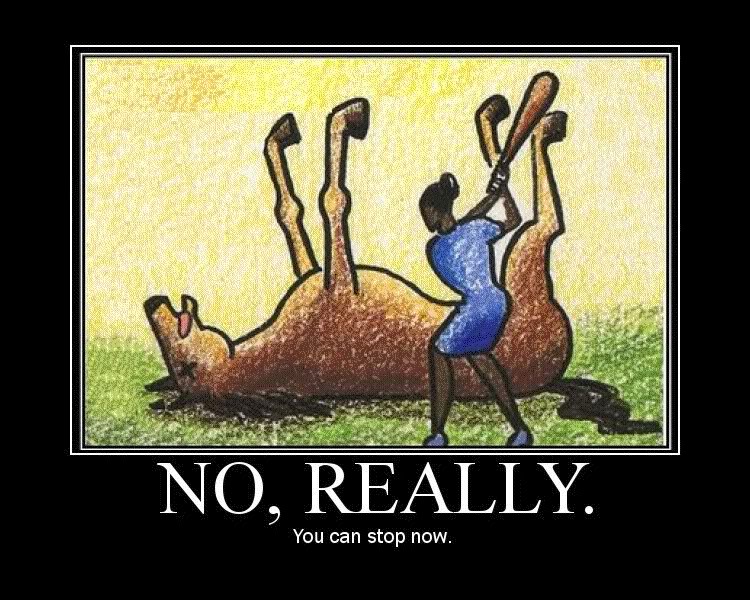OK, here is what I got from overlaying the stick inputs (with their strength) on the path followed by the drone, every second (gif delay between frames also 1s, so the movements are synched what happened "real time").
It records the movements during 60s before the crash.
View attachment 90227
Here is what I understand from this animation (debatable, of course). As for time references, I'm refering to vertex numbers on the right panel. I'm sorry about the bad resolution, but you should manage to get a glimpse to tie it with a position. There is a 10 marks spread between 2 screenshots.
- sar 104 seems right about some hovering in the south direction: as you can see from 7153 on, without any shift inputs, the drone tends to brake from its upwards orientated direction and begin to hover south. I'm quite doubtful about the wind beeing the reason though, as there wasn't a single breeze that day. Anyway, a little hovering is nothing to worry about and it could be easily compensated.
- After a 2 seconds medium input in the east direction at the 7304 mark, and no inputs after that, I'm quite surprised that the drone has been keeping accelerating in the east direction around the 7344 mark. A single 1s input in the opposite direction managed to stop its movement though, as you can see at the 7364 mark.
- Then there is a medium input in the NW direction around the 7384 mark, mostly to end a slow drift. From that moment on, the drone began moving NW, very fast. This is the phase I can't explain, and where I felt I was loosing the drone. From that mark to 7485, where the drone starts drifting east - so for 10 seconds - I can't see any relation between the shift inputs and the drone movements (except one short mistake at the 7455 mark, it last less than 1s...). I don't understand why it kept on this general track, why its speed remained so fast, with strong inputs on a different or opposite direction. A 1s input had been previously sufficient to make it brake to a hold... If there had been some wind - and, I repeat it's very highly unlickely - it would have been drifting it southwards. Even with a sudden direction change, it would require very high winds to have such an effect...
- And at last, there is the part leading to the crash (from 7485). The drone was out of my sight then. The track is then quite consistent with the inputs, and this last move is my bad. If I could have seen it before the direction change, I would have dropped the shifts and it may have been possible to take the control back. I'm at fault for this part.
So, to sum up, I assume my responsability on the last seconds leading to the crash, and the data is consistent there.
However, I wouldn't have been in such a situation if the drone had not "flown away" to the NW. I know the ATTI mode can be touchy, that I was in a risky environment, and so on. Regardless of these considerations, do you confirm that 80m drift in 10s a normal, or acceptable behavior in ATTI mode? Did I miss something? Or maybe do you totally disagree with my interpretation of these data?






